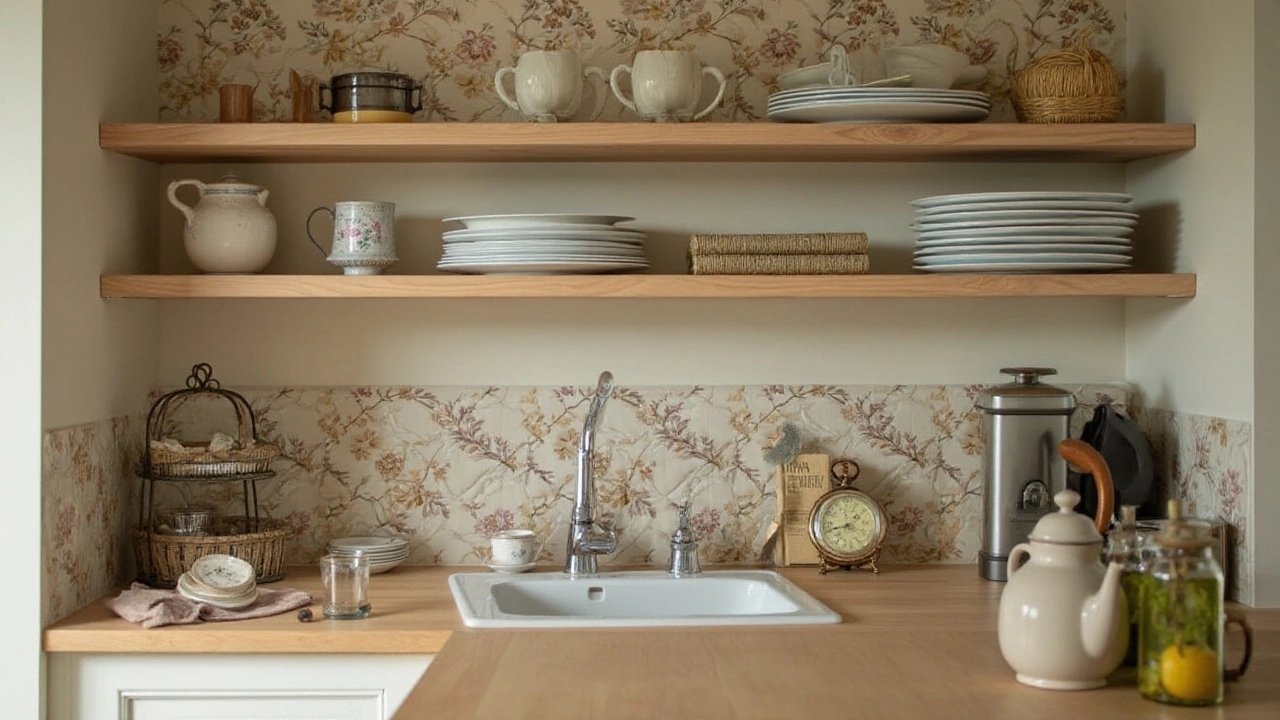DIY Tips for a Greener, Faster Home Upgrade
Ready to make your place look better without a big spend? You don’t need a pro for most upgrades – a few tools, a clear plan, and some common sense go a long way. Below are plain‑spoken tips you can start today, whether you’re refitting shelves, swapping cushions, or just decluttering a bedroom.
Start with the Easy Wins
Grab a weekend and tackle low‑effort projects that give high impact. A quick declutter of the bedroom clears space and reduces stress. Pull everything onto the bed, sort into keep, donate, and toss piles, then put back only what you truly need. Use storage boxes that stack vertically – they take up less floor and keep clothes tidy.
If your living room feels cramped, look at the curtains. Light, neutral colours reflect more light and make the room appear larger. Hang them a few inches above the window frame and let them fall just past the floor for a sleek look. This cheap change can brighten a space without buying new furniture.
DIY Shelving Made Simple and Cost‑Effective
Wondering if you should buy or build shelves? In 2025 UK prices, a set of floating shelves costs around £40‑£60, while raw timber and brackets run about £25‑£35. Use our quick calculator: measure the length you need, multiply by £5 per metre for lumber, add £10 for brackets, then compare to the retail price. If you’re handy, cutting the boards to size, sanding, and applying a water‑based finish will give you a custom look for less.
When installing, find the studs first – a stud finder is cheap and saves headaches. Drill pilot holes, then screw the brackets securely. Finish with a coat of low‑VOC paint to keep the air clean. The result is a sturdy shelf that looks store‑bought.
Comfort Upgrades You Can Do Yourself
Old sofa cushions can sag and hurt your back. The sweet spot for couch cushion thickness is 4‑5 inches – thick enough for support, thin enough to fit under the armrest. If you have a set of cushions that feel flat, add a thin layer of high‑density foam underneath. Secure it with a breathable fabric cover to keep the cushion shape.
For a quick bathroom upgrade, replace your old mirror with a clear, true‑reflection model. True mirrors cost more because they use higher‑quality glass, but a 12×18 in. mirror from a reputable brand can be found for under £30. Hang it at eye level and use a silicone sealant to prevent moisture damage.
Green Choices Keep Costs Low
Eco‑friendly DIY doesn’t mean you sacrifice style. Choose reclaimed wood for shelving, or use leftover paint for a bold accent wall. You’ll cut material costs and give new life to items that might otherwise end up in landfill.
When it comes to textiles, pick organic cotton or linen curtains. They’re breathable, last longer, and the production process has a lower carbon footprint. Look for certifications like GOTS to be sure you’re buying responsibly.
These quick DIY tips help you transform rooms, save money, and stay kind to the planet. Start with one project, see the difference, then move on to the next. Your home will thank you, and you’ll feel proud of the hands‑on results.
-

The Art of Shelf Lining: Do People Still Do It and Why?
Shelf lining might seem like a practice from the past, but it's still very relevant today. It's not only about aesthetics but also about protection and organization. Lining shelves can extend the life of your furniture and help keep everything orderly. This article explores the reasons and methods behind shelf lining, with some creative tips to try at home.
